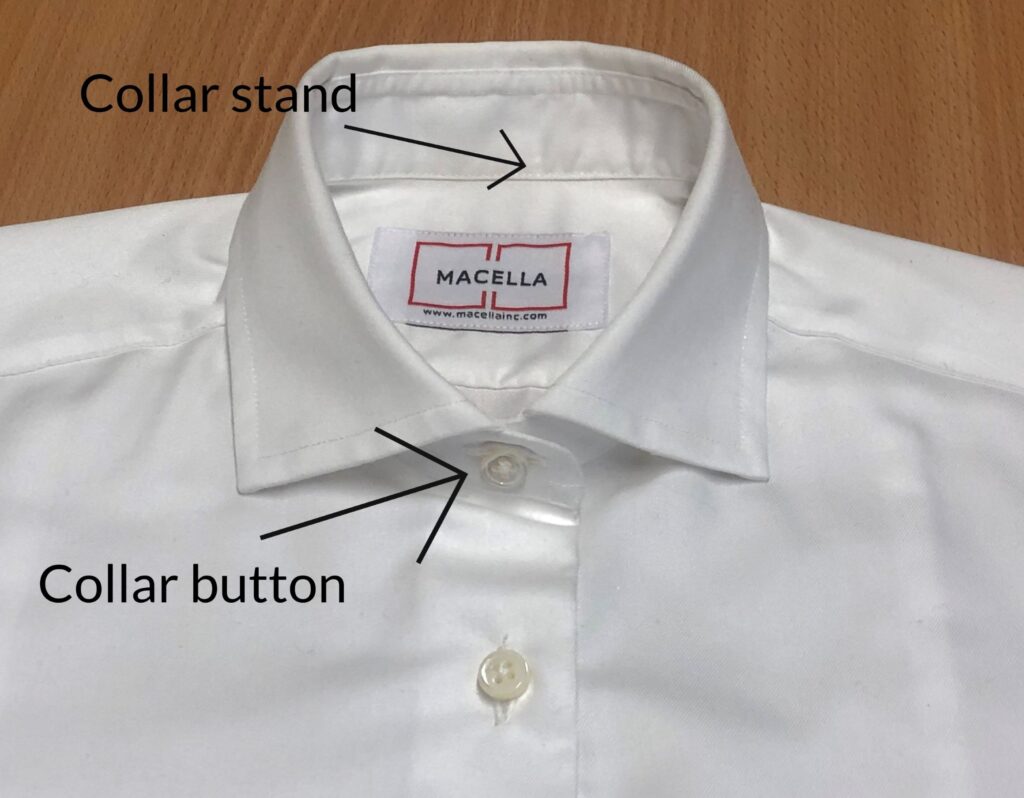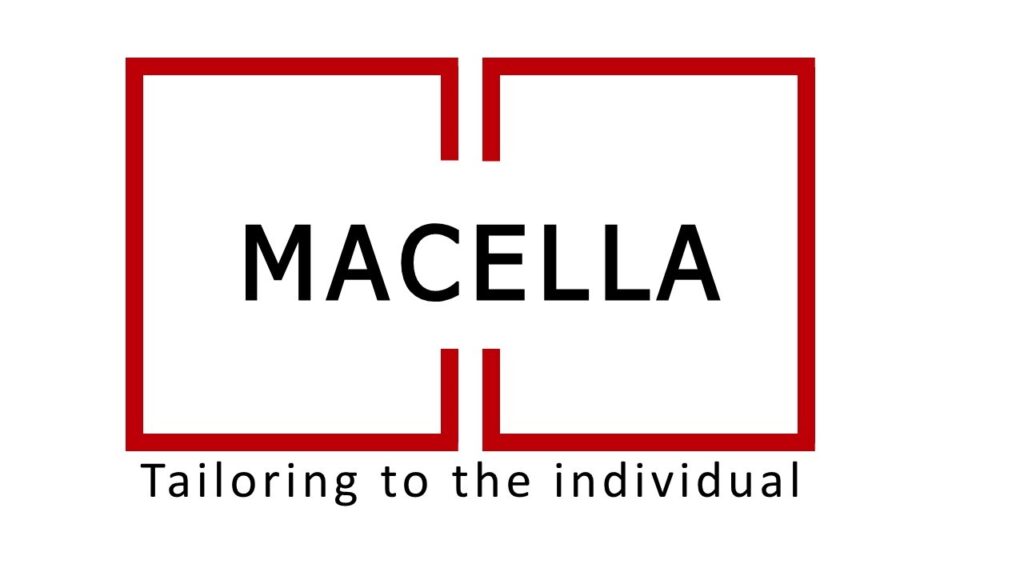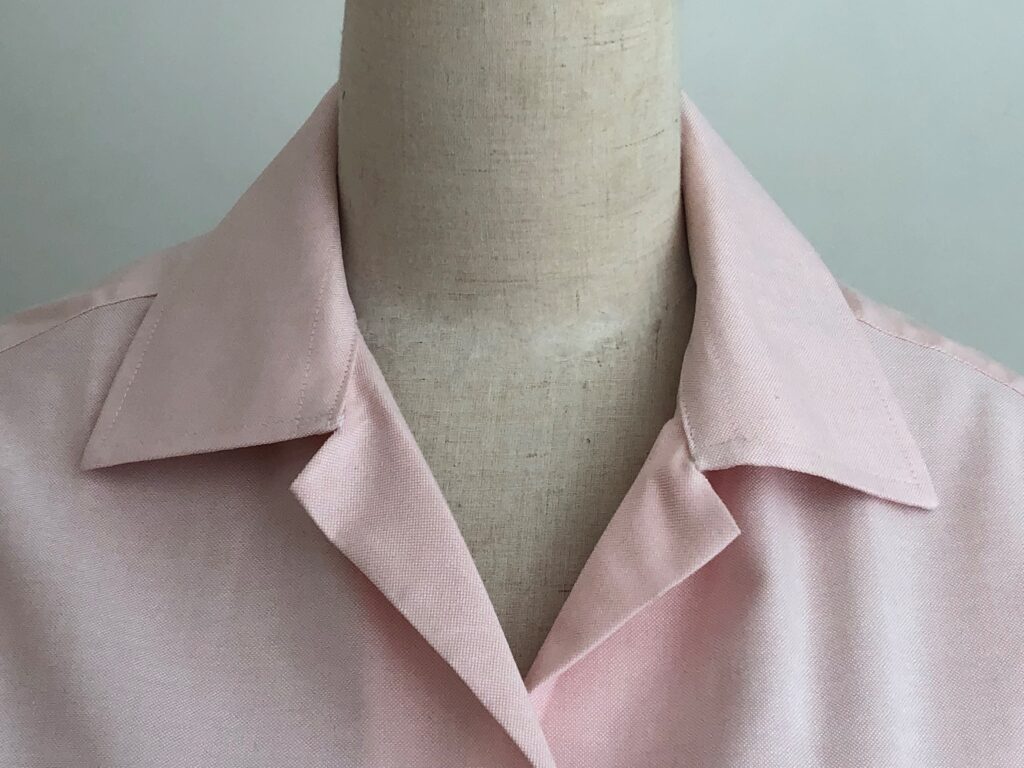Articles
Introducing: The Camp Collar
In a nutshell: A camp collar is a relaxed, soft collar than lays flat against the clavicle area of your shirt. Without a collar button, a natural V-neck look is created with the first button placed to allow as much or as little cleavage visibility as you like.
The nitty gritty: The origins of the camp collar date back to the 19th century with both Cuba and the Philippines claiming credit for it’s creation. Whoever created it though had the same thought in mind: a collared shirt with a soft, unstructured feel that wouldn’t feel tight around the neck in warmer climates.
Traditional buttoned shirts are made with a collar stand. This band of cloth, usually quite stiff, is used attached to the collar along one side and attached to the neckline of the shirt on the other. Its purpose is to keep the collar of the shirt standing up high on the neck.
The camp collar does away with the collar stand and is sewn directly onto the body of the shirt to create a softer, more relaxed look. The collar lays flat against the shirt rather than standing up higher on the neck.
Since there is a no collar stand, there also isn’t a collar button and allows the upper portion of the neckline to be ironed down, creating a wider V-neck than a traditional collared shirt worn with the button open.


Men’s shirts with camp collars are considered casual wear since a camp collar can’t hold a necktie. Camp collar shirts tend to be short sleeved and straight hemmed with a loose and breezy fit designed to be worn in warmer weather.
For women though, since we don’t generally wear ties, the camp collar is a popular choice for both dress and casual shirts. With the collar sitting lower and the V-neck opening, the camp collar shirt offers versatile styling options and looks as good on a tight fit shirt tucked into work pants as it does on a looser, flowing shirt worn over shorts.
Featured shirt:
Pink oxford, 100% cotton
Camp collar with long points

